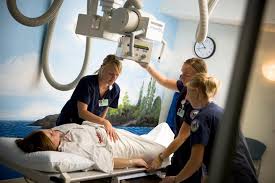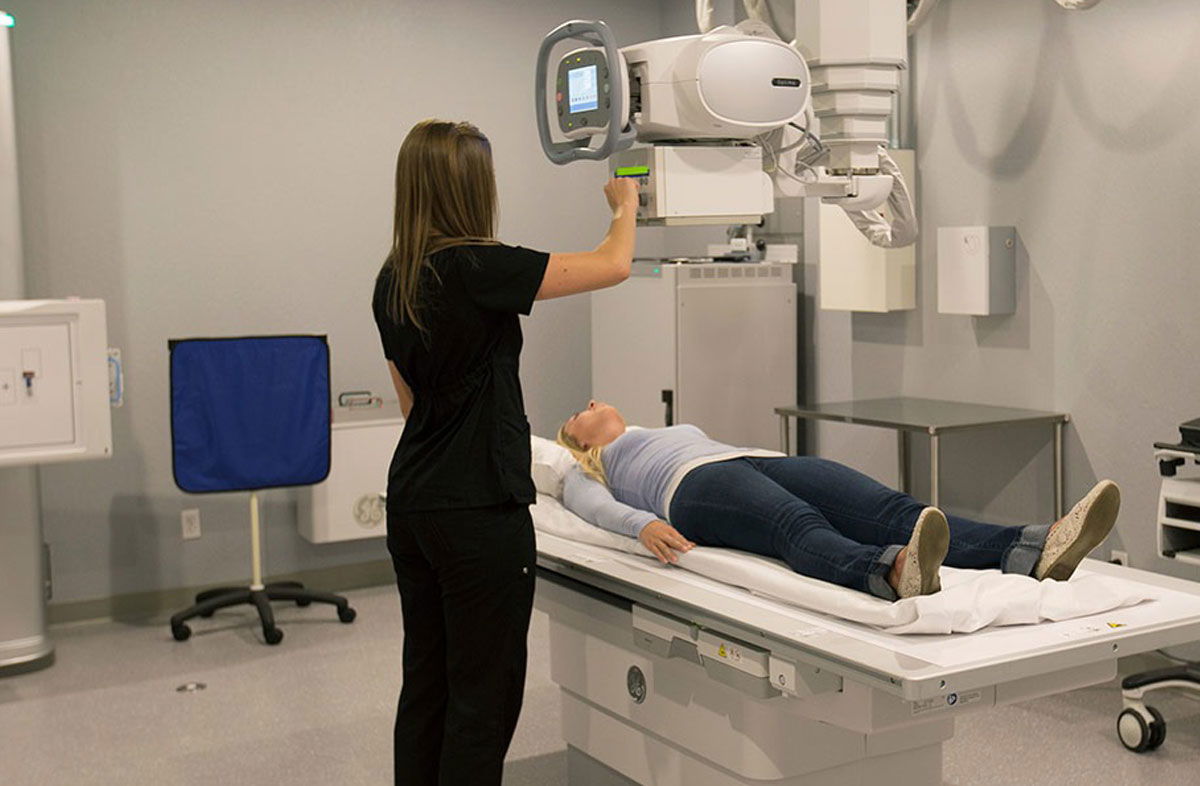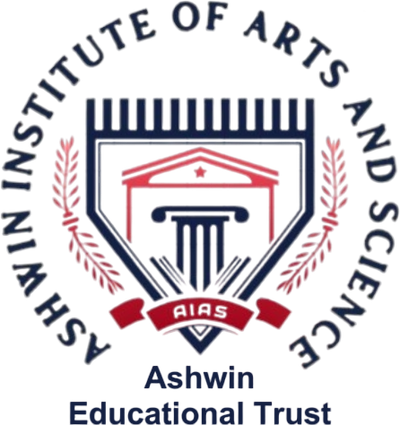B.VOC in X-Ray technology

The Bachelor of Vocation (B.Voc) in X-Ray Technology, often referred to as Radiology and Medical Imaging Technology, is a three-year undergraduate program designed to equip students with the knowledge and skills required for careers in medical imaging and radiography. The curriculum is structured to provide a blend of theoretical knowledge and practical experience across six semesters. Below is a general overview of the subjects typically covered throughout the program:

Year 1 (Diploma Level)
Semester I
- Fundamentals of Human Anatomy & Physiology I: Introduction to human body structures, anatomical terminology, and basic physiological processes.
- Basics of Radiographic Equipment: Overview of X-ray machines, components, and operational principles.
- Radiation Physics: Fundamentals of radiation, X-ray production, and interactions with matter.
- Patient Care in Radiology: Principles of patient management, safety protocols, and communication skills.
- Medical Ethics and Communication: Ethical considerations and effective communication in healthcare settings.
- Vocational Practical Skills I: Hands-on training in basic radiographic procedures and equipment handling.
Semester II:
- Fundamentals of Human Anatomy & Physiology II: Continued study of body systems and their functions.
- Radiographic Imaging Techniques I: Introduction to standard imaging procedures and positioning.
- Darkroom Techniques and Film Processing: Traditional film processing methods and darkroom management.
- Radiation Protection and Safety: Measures to protect patients and staff from radiation hazards.
- Computer Fundamentals: Basic computer skills relevant to medical imaging technology.
- Vocational Practical Skills II: Advanced practical training in radiographic techniques.
Year 2 (Advanced Diploma Level)
Semester III:
Semester IV:
- Radiographic Imaging Techniques II: Advanced imaging procedures, including contrast studies.
- Special Radiographic Procedures I: Techniques for imaging specific anatomical regions and specialized studies.
- Radiation Biology: Biological effects of radiation exposure and safety protocols.
- Quality Assurance in Radiology: Ensuring accuracy and safety in imaging practices.
- Vocational Practical Skills III: Clinical practice focusing on advanced imaging techniques.
- Imaging Modalities: Introduction to CT, MRI, ultrasound, and other imaging technologies.
- Special Radiographic Procedures II: Continuation of specialized imaging techniques.
- Radiographic Equipment Maintenance: Upkeep and troubleshooting of imaging machinery.
- Research Methodology: Basics of conducting and analyzing medical research.
- Vocational Practical Skills IV: Hands-on experience with diverse imaging modalities.
Year 3 (Degree Level)
Semester V:
Semester VI:
- Advanced Imaging Techniques: In-depth study of sophisticated imaging procedures.
- Interventional Radiology: Minimally invasive diagnostic and therapeutic procedures.
- Radiation Hazards and Protection: Comprehensive understanding of radiation risks and mitigation strategies.
- Healthcare Management: Principles of managing radiology departments and healthcare facilities.
- Vocational Practical Skills V: Clinical rotations emphasizing advanced practices.
- Recent Advances in Imaging: Latest developments in imaging technology and techniques.
- Entrepreneurship in Healthcare: Foundations of starting and managing healthcare ventures.
- Employment Readiness: Preparation for entering the professional workforce.
- Vocational Practical Skills VI: Capstone clinical experience integrating all learned skills.
Please note that the specific subjects and their sequence may vary depending on the institution offering the program. For detailed and institution-specific syllabi, it is advisable to consult the official curriculum provided by the respective university or college.
